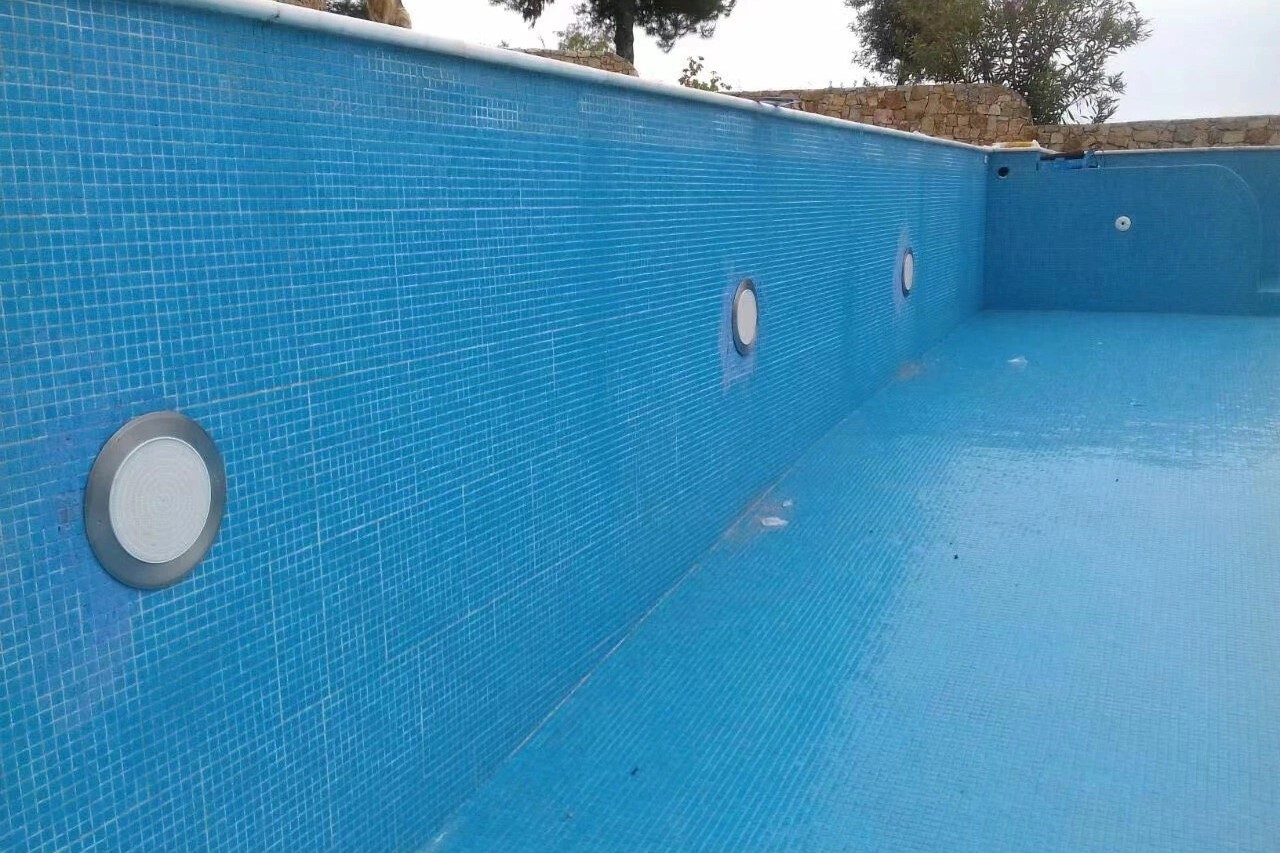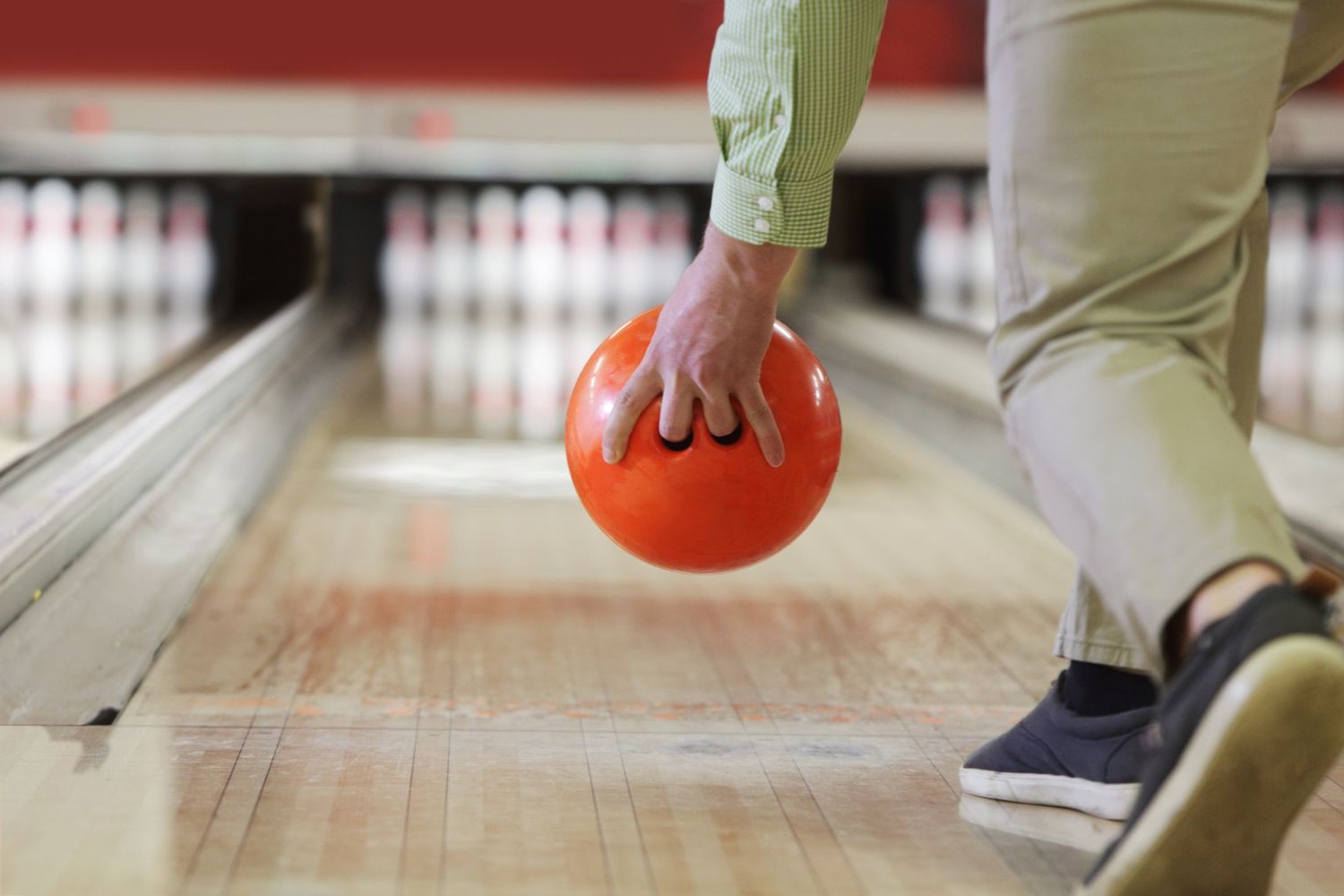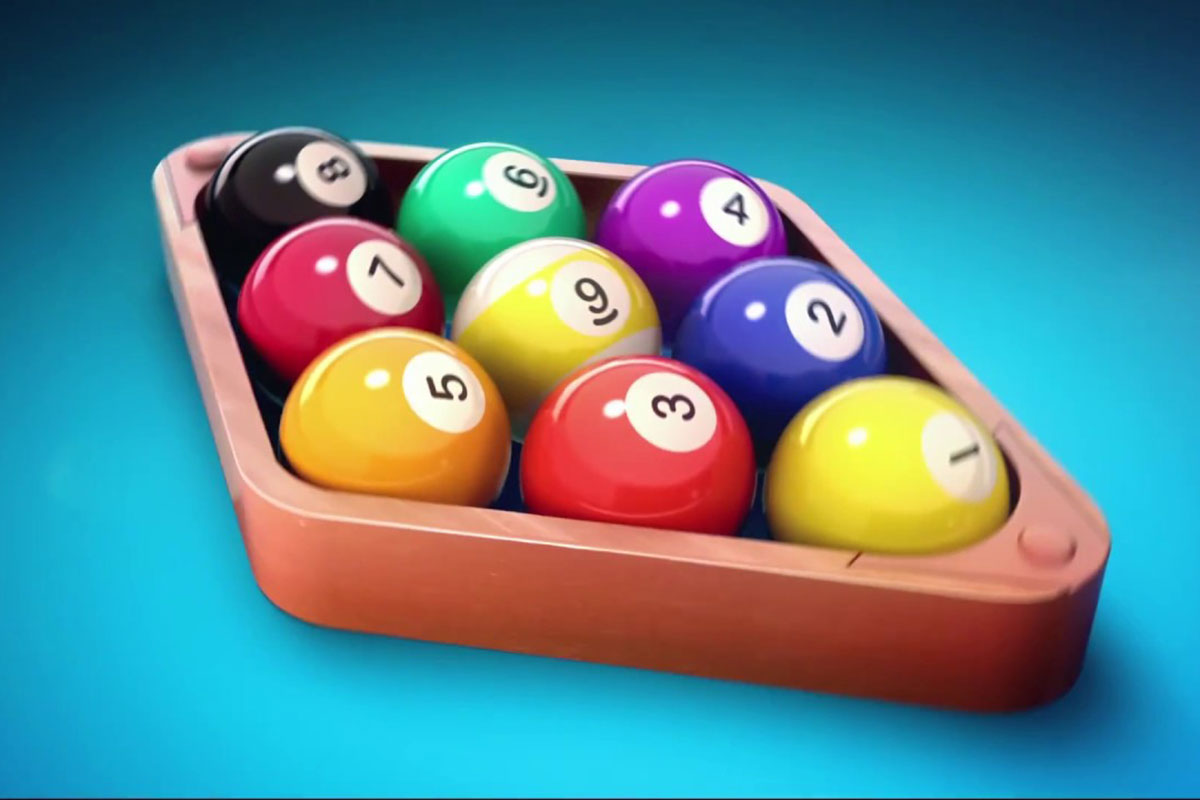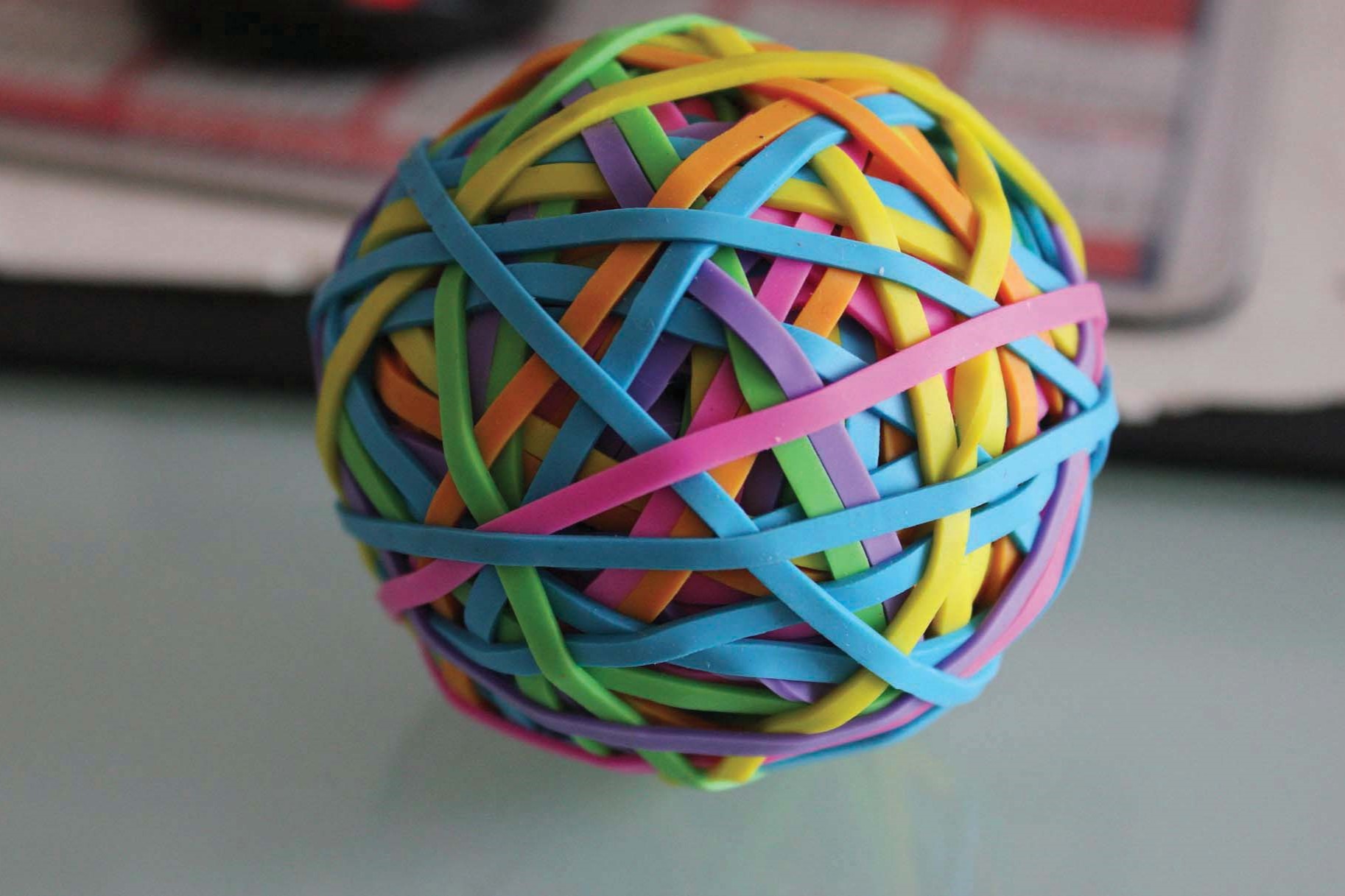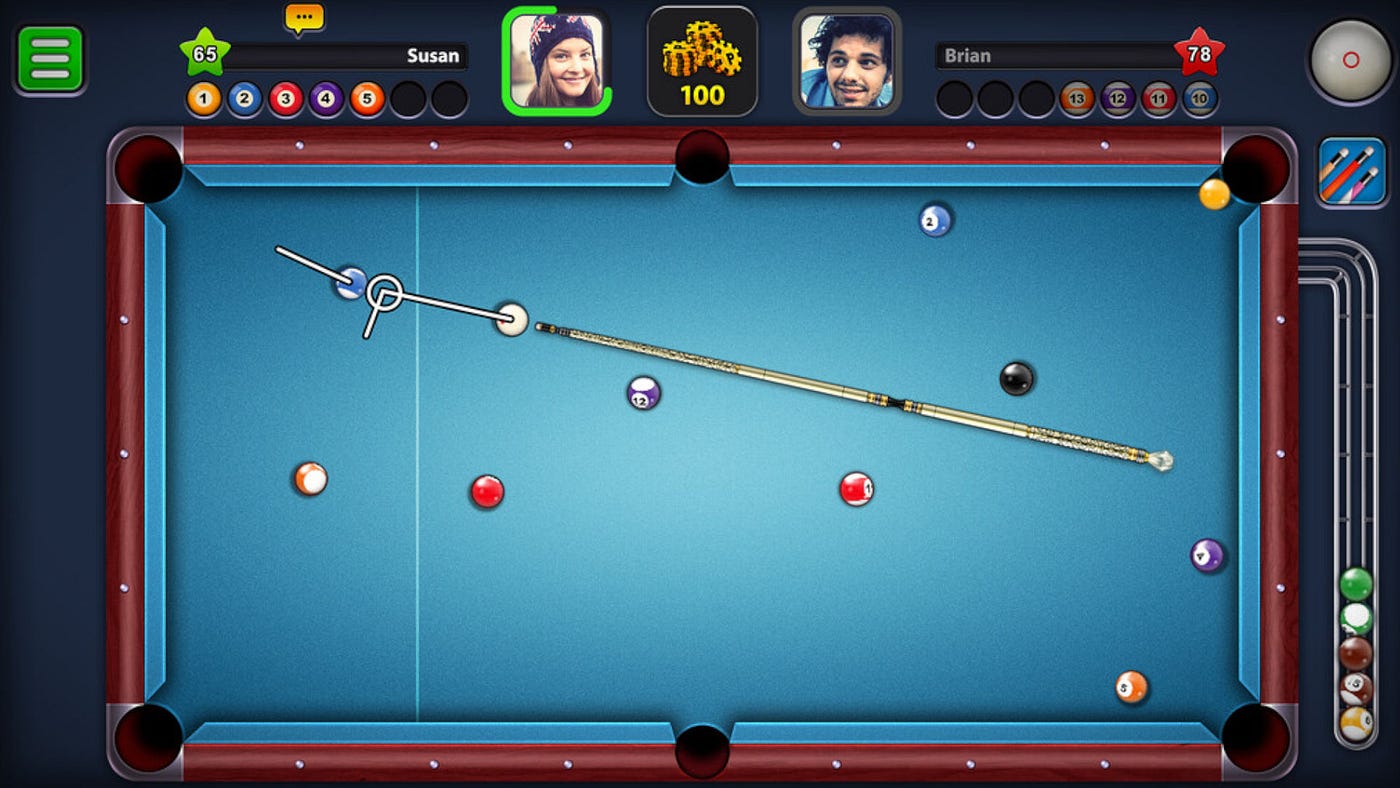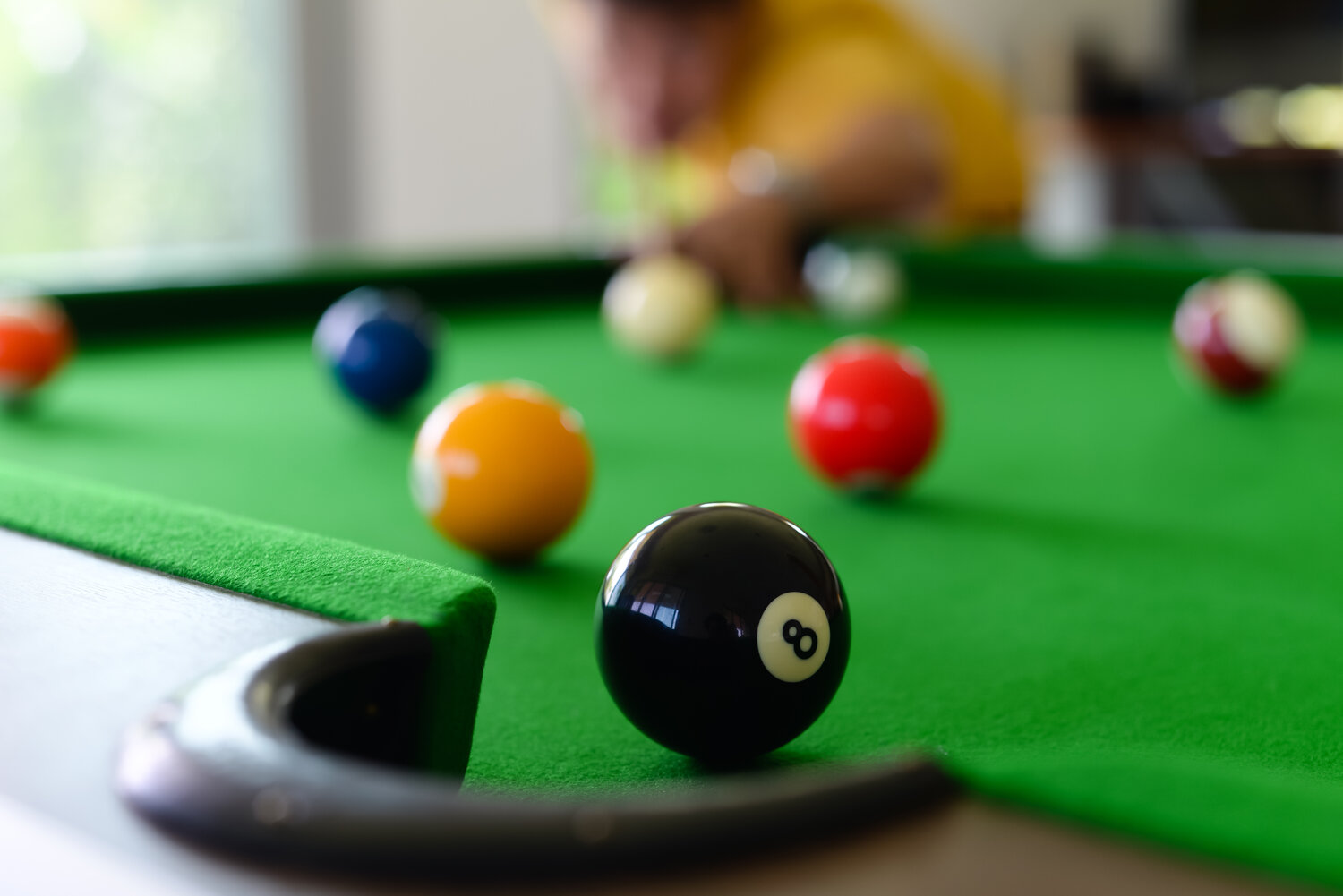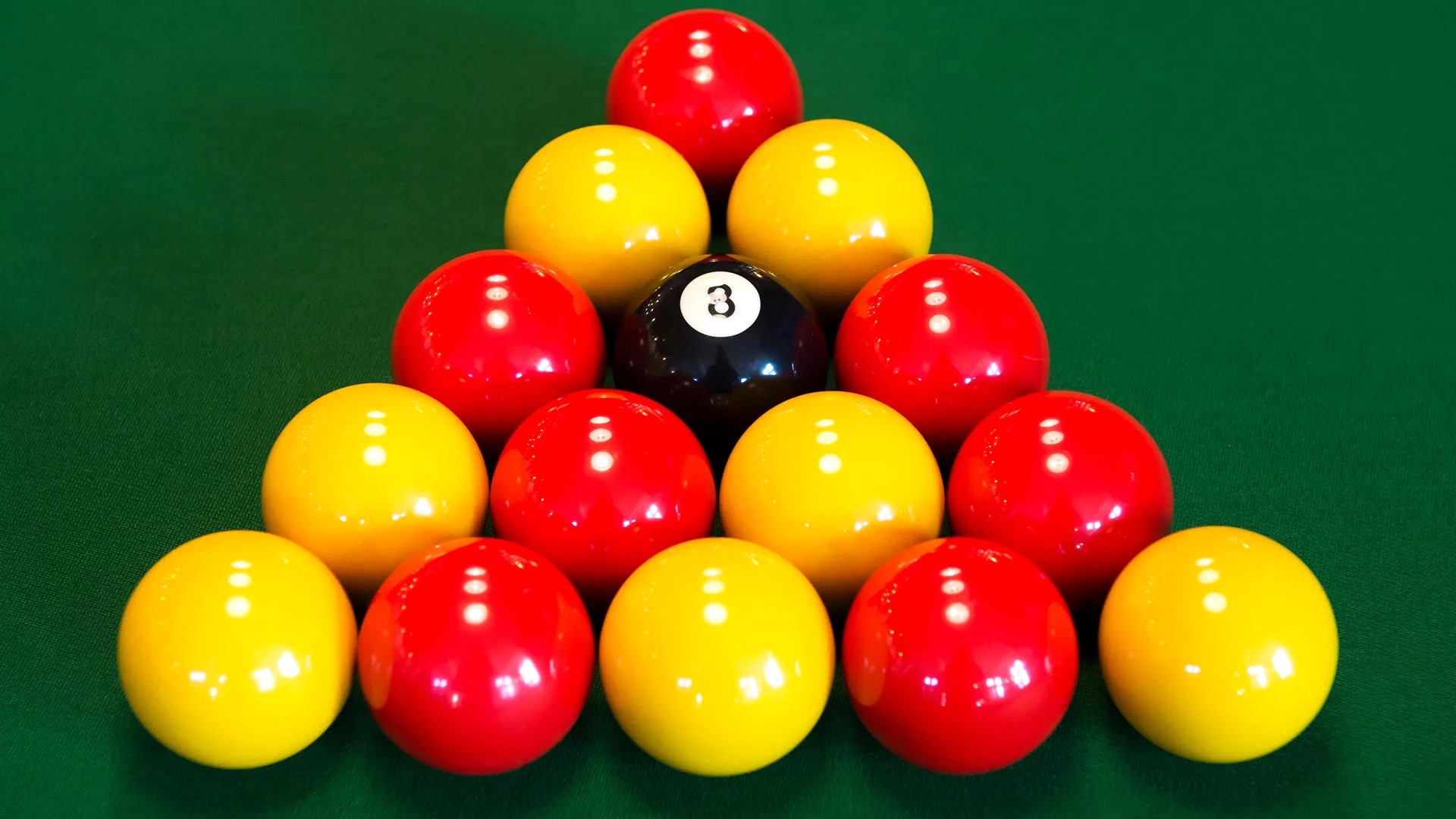

Sports
How To Rack Pool Balls
Published: February 25, 2024
Learn the proper technique for racking pool balls and improve your sports game with our step-by-step guide. Master the art of setting up the perfect pool table!
(Many of the links in this article redirect to a specific reviewed product. Your purchase of these products through affiliate links helps to generate commission for Noodls.com, at no extra cost. Learn more)
Introduction
Racking pool balls is a crucial aspect of the game that sets the stage for an exciting and fair match. Properly setting up the balls not only ensures a smooth break but also impacts the flow and outcome of the game. Whether you're a novice player or a seasoned pro, mastering the art of racking is essential for a competitive and enjoyable game of pool.
The process of racking involves arranging the 15 pool balls in a specific pattern within the triangular rack, also known as the "triangle." This seemingly simple task demands precision and attention to detail to achieve a tight and consistent rack. A well-organized rack not only enhances the break but also minimizes the likelihood of balls clustering together, leading to a more dynamic and strategic game.
Understanding the nuances of racking is akin to mastering the opening moves of a chess game. It sets the tone for the entire match, influencing the players' strategies and the trajectory of the game. Whether you're aiming for a powerful break shot or seeking to strategically position the balls for subsequent shots, the quality of the rack significantly impacts the game's dynamics.
In this comprehensive guide, we will delve into the intricacies of racking pool balls, exploring the equipment needed, the precise steps for setting up the rack, and valuable tips for achieving a tight and optimal rack. By mastering the art of racking, you'll elevate your pool game and set the stage for thrilling and competitive matches. Let's embark on this journey to unlock the secrets of achieving the perfect pool ball rack.
Read more: How To Set Up Pool Balls
Equipment Needed
To embark on the journey of mastering the art of racking pool balls, you'll need a few essential pieces of equipment to ensure a seamless and effective process. Here's a breakdown of the key items required to set the stage for an exhilarating game of pool:
-
Pool Balls: The fundamental component of racking pool balls is, of course, the balls themselves. A standard set of pool balls consists of 15 object balls, numbered 1 through 15, and the cue ball. These balls are typically made of high-quality resin or polyester, ensuring durability and consistent performance.
-
Triangle Rack: Also known as the "triangle," the rack is a crucial tool for arranging the pool balls in the initial formation. Triangular in shape, this rack is designed to hold all 15 balls in a tight and specific configuration, setting the stage for a powerful and strategic break shot. The triangle rack comes in various materials, including plastic, wood, and metal, each offering its unique blend of durability and aesthetic appeal.
-
Pool Table: While not directly related to the racking process, a high-quality pool table is essential for a smooth and enjoyable game. The dimensions and playing surface of the table significantly impact the racking process and the subsequent gameplay. A regulation-size pool table, typically measuring 9 feet in length, provides ample space for precise racking and strategic play.
-
Felt Brush: Maintaining the playing surface of the pool table is crucial for achieving an optimal rack and ensuring consistent ball movement. A felt brush, specifically designed for cleaning and grooming the table's felt surface, is essential for removing dust, chalk residue, and other debris that may affect the balls' movement and the racking process.
-
Chalk: While primarily associated with cue tips, chalk also plays a subtle yet significant role in the racking process. Ensuring that the cue ball is properly chalked before the break shot contributes to a smooth and controlled break, setting the stage for an engaging and dynamic game.
By assembling these essential pieces of equipment, you'll be well-equipped to embark on the journey of mastering the art of racking pool balls. With the right tools at your disposal, you can delve into the precise steps for setting up the rack and explore valuable tips for achieving a tight and optimal rack, setting the stage for thrilling and competitive matches.
Setting Up the Rack
Setting up the rack is a pivotal step that lays the foundation for an exhilarating game of pool. The process demands precision, attention to detail, and a keen understanding of the optimal arrangement for the 15 pool balls. Here's a comprehensive guide to the precise steps for setting up the rack, ensuring a tight and consistent formation that sets the stage for a powerful break shot and strategic gameplay.
-
Place the Triangle Rack: Begin by placing the triangle rack at the foot spot of the pool table, ensuring that it is centered and aligned with the table's head string. The head string marks the boundary behind which the cue ball must be placed for the break shot. Positioning the rack precisely sets the stage for a balanced and symmetrical arrangement of the pool balls.
-
Arrange the Balls: With the triangle rack in place, proceed to arrange the 15 pool balls within the rack. The key objective is to achieve a tight and consistent formation that minimizes gaps between the balls, setting the stage for a powerful and controlled break shot. Start by placing the 1-ball at the apex of the triangle, followed by the 2 and 3 balls in the second row, and so on, with the remaining balls arranged in a specific pattern within the rack.
-
Align the Rack: Once the balls are positioned within the rack, ensure that they are aligned with precision. Gently adjust the balls if necessary, ensuring that they are snugly nestled within the rack and that the formation is symmetrical and tightly packed. This meticulous alignment is crucial for achieving a tight rack, setting the stage for a dynamic and strategic break shot.
-
Lift and Set: With the balls arranged and aligned within the rack, carefully lift the rack, ensuring that the balls remain in position, and set it aside. This step prepares the pool table for the placement of the cue ball, the final element in the racking process.
-
Place the Cue Ball: With the rack removed, place the cue ball behind the head string, within the designated area for the break shot. Positioning the cue ball precisely sets the stage for a powerful and controlled break, initiating the game with energy and anticipation.
By meticulously following these steps, you can master the art of setting up the rack, ensuring a tight and consistent formation that enhances the break shot and sets the stage for a thrilling and competitive game of pool. With the balls arranged with precision and the stage set for the break, you're poised to embark on an engaging and strategic pool match.
Tips for a Tight Rack
Achieving a tight and optimal rack is essential for setting the stage for a dynamic and strategic game of pool. A well-organized rack not only enhances the break shot but also minimizes the likelihood of balls clustering together, ensuring a fair and engaging gameplay experience. Here are valuable tips to help you achieve a tight and consistent rack, elevating your pool game to new heights:
-
Precision Placement: When arranging the pool balls within the triangle rack, strive for precision and consistency. Ensure that each ball is snugly nestled against its neighbors, minimizing gaps and creating a compact formation. This meticulous placement sets the stage for a powerful break shot and strategic ball movement during the game.
-
Tightening the Formation: After positioning the balls within the rack, gently tap the top of the rack with your hand or cue stick. This subtle action helps to tighten the formation, ensuring that the balls are compactly arranged and minimizing any potential movement during the break shot. Be mindful not to apply excessive force, as the delicate balance of the rack should be maintained.
-
Alternate Ball Orientation: To achieve a balanced and symmetrical rack, consider alternating the orientation of adjacent balls within the rack. For example, if the 1-ball is positioned with its number facing outward, the 2-ball can be placed with its number facing inward. This alternating pattern contributes to a more uniform distribution of energy during the break, enhancing the overall dynamics of the game.
-
Check for Symmetry: Before lifting the rack from the pool table, take a moment to visually inspect the arrangement of the balls. Ensure that the formation appears symmetrical and balanced, with no noticeable gaps or irregularities. This visual check allows you to make any necessary adjustments before proceeding with the break shot.
-
Gentle Lift and Set: When lifting the rack from the pool table after arranging the balls, do so with care and precision. A gentle lift and set motion minimizes the likelihood of disrupting the carefully arranged balls, preserving the integrity of the rack and setting the stage for a powerful break shot.
By incorporating these tips into your racking process, you can consistently achieve a tight and optimal rack, enhancing the dynamics and fairness of your pool games. Mastering the art of racking not only elevates your gameplay but also sets the stage for thrilling and competitive matches, ensuring an engaging and rewarding experience for all players involved.
Conclusion
Mastering the art of racking pool balls is a fundamental skill that significantly impacts the dynamics and fairness of the game. The meticulous process of arranging the 15 pool balls within the triangular rack sets the stage for a powerful break shot and strategic gameplay, shaping the trajectory of the entire match. As players delve into the nuances of racking, they unlock the secrets to achieving a tight and consistent rack, elevating their pool game to new heights.
By meticulously following the precise steps for setting up the rack and incorporating valuable tips for achieving a tight formation, players can enhance the dynamics and fairness of their pool games. The precision placement of the pool balls within the rack, coupled with the subtle yet impactful actions to tighten the formation, contributes to a well-organized rack that minimizes the likelihood of balls clustering together, ensuring a fair and engaging gameplay experience.
The journey of mastering the art of racking pool balls extends beyond the technical aspects, encompassing the strategic mindset and attention to detail that define a compelling game of pool. As players immerse themselves in the racking process, they gain a deeper appreciation for the pivotal role it plays in shaping the dynamics of the game, from the initial break shot to the subsequent strategic maneuvers.
Ultimately, the art of racking pool balls serves as the gateway to exhilarating and competitive matches, where each precisely arranged ball sets the stage for strategic plays and thrilling victories. Whether in casual games among friends or intense competitions, the quality of the rack influences the flow and outcome of the game, underscoring the significance of mastering this foundational skill.
As players embark on their journey to unlock the secrets of achieving the perfect pool ball rack, they not only elevate their gameplay but also cultivate a deeper understanding of the strategic nuances that define the sport. With each meticulously arranged rack, players set the stage for dynamic and engaging matches, where every break shot holds the promise of excitement and strategic opportunities.
In conclusion, the art of racking pool balls transcends the technical process, embodying the essence of strategic gameplay and fair competition. By mastering the intricacies of racking, players lay the groundwork for captivating and competitive pool matches, where each precisely arranged ball contributes to the unfolding drama of the game.


